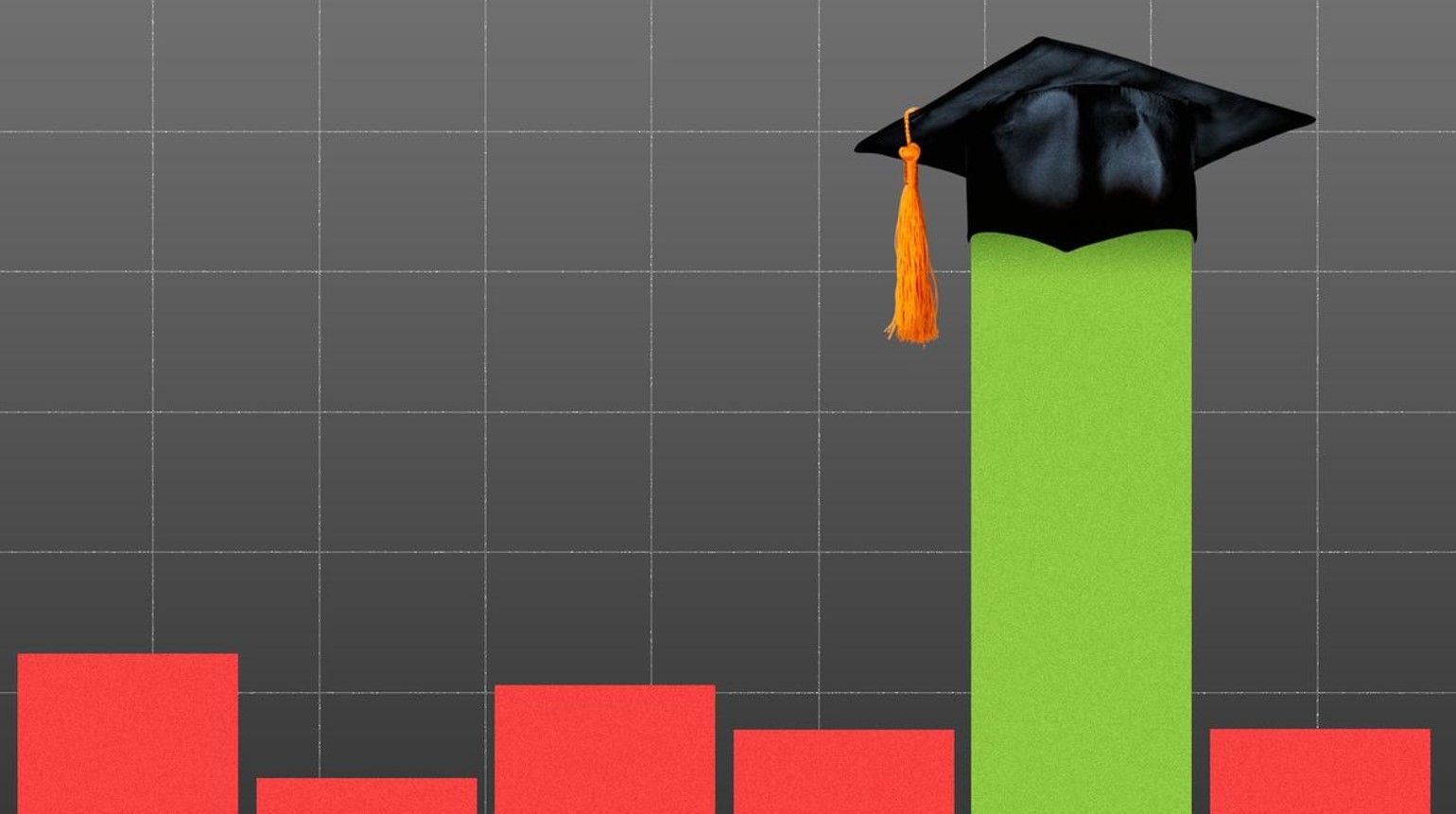Economy, eNews
Commercial Bankruptcy Surge Expected to Continue

Bankruptcies remain top of mind as commercial Chapter 11 and Subchapter V filings have increased significantly over the past few months. Small business Subchapter V’s increased 81% year-over-year in April and commercial Chapter 11 filings were up 32%, per Epiq Bankruptcy.
“The substantial year-over-year increase in Subchapter V elections reflects statutory developments that took place last year,” the article reads. “The $7.5 million debt eligibility limit established by the CARES Act of 2020 (and renewed annually by subsequent laws) sunset in late March 2022 back to the $2,725,625 level established by the Small Business Reorganization Act of 2019, which led to a drop in Subchapter V elections in April and May 2022.”
And the rebound in business insolvencies is picking up speed, according to a report from Allianz Trade. The Global Insolvency Index is expected to jump by +21% in 2023. “In the U.S., we expect an increase of +49% in 2023 as a result of tighter credit conditions and the sharp slowdown, which will mean a return to 20,000+ insolvencies per year,” the report reads. “Even without a major financial crisis, a credit crunch of the magnitude seen in the early 2000s during the tech bubble burst would lead to 12,900 and 95,300 additional insolvencies over 2023 and 2024, respectively.”
The number of U.S. companies that have gone bankrupt so far in 2023 is higher than the first four months of any year since 2010, data from S&P Global Market Intelligence showed. A recent eNews poll revealed that 40% of credit professionals have seen an increase in the number of customers filing for bankruptcy in the last year.
“We’ve seen some slowdowns and there’s been some talk they’re reviewing credit limits to see if they need to be reduced for slower paying customers,” said Kimberly Howard, senior manager of credit services at Seafax, Inc. (Portland, ME). “For smaller companies struggling to begin with, the monetary tightening might be the final straw.”
Credit professionals must remain vigilant as bankruptcy filings are expected to continue increasing. “As a credit manager, we must be cognizant of where we would be if our customer was unable to pay their obligation,” said Jeff Gregory, CCE, credit manager at Helena Agri-Enterprises, LLC (Collierville, TN), who has seen an increase in Chapter 12 and Chapter 7 filings. “It is important to get an idea of their assessable net worth and their ability to convert assets to cash quickly to pay their obligations. We must recognize that bankruptcy is a real possibility if there is no assessable net worth available.”
Struggling companies have resorted to pulling from their cash reserves, but those have dwindled as pandemic-era stimulus ended. “Last summer and early fall, we started to see tremors in the economy and cash reserves dwindling,” said Justin Kesselman, partner at ArentFox Schiff LLP (Boston, MA). “There was a buildup of cash during the stimulus period and reduced cost incurrences during the pandemic that a lot of companies were able to reserve cash. But with interest rate hikes, we started to see more aggressive lender positions and less willingness to finance ongoing losses.”
Other professionals believe the increase in bankruptcies will continue but not as vigorously as the recession of ’08. They continue at a larger rate than we saw in 2021 and 2022, said Brian Jackiw, partner at Tucker Ellis LLP (Chicago, IL). “It’s not a tidal wave by any means, but the increases in bankruptcies will continue.”
The retail industry has been highly impacted by bankruptcies with large, well-known companies such as Party City, Mall of America and Bed Bath & Beyond filing recently. But according to a report by Allianz Trade retail isn’t the only sector hurting.
Macroeconomic factors such as the recent interest rate hike to 5.25% and rising cost of food are adding financial distress to companies. The CPI for all food increased 0.1% from February 2023 to March 2023 and food prices were 8.5% higher than in March 2022, per USDA. In the restaurant industry, food costs have gone up substantially. But unless businesses are able to maintain those costs and gain more foot traffic, revenue and margins may decline.
Not to mention the banking crisis that has tightened the banking sector, making it more difficult for companies to get loans. The looming potential of a debt-ceiling issue and debt default by the U.S. government adds a more wide-ranging impact on businesses that are already in financial distress.
Join Kesselman on May 23 for a webinar about serving on an official committee of unsecured creditors. Register now to reserve your spot!





